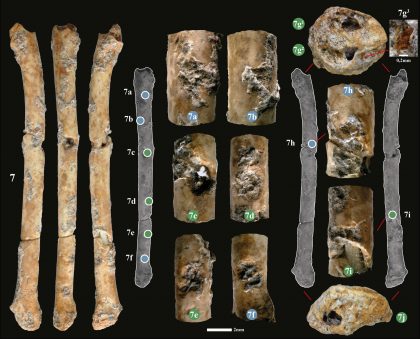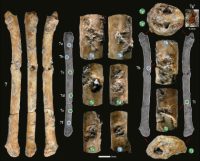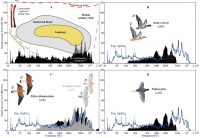New publication by HEAS Member José-Miguel Tejero on prehistioric sound instruments
More On Article
- "Archäologie am Berg". Public Weekend of Archaeology in Hallstatt in September.
- 2023 CALL FOR NOMINATIONS - The Rohlf Medal
- 20th anniversary of the Laboratory for scanning electron microscopy at the Vienna Institute for Archaeological Science (VIAS), University Vienna, 14.11.2024, 15:00
- 3D visualization of bioerosion in archaeological bone
- A comparative archaeometric study of Late Bronze Age Black Lustrous and Red Lustrous Wheel-made wares from the Eastern Mediterranean

Sound instruments over 12,000 years old identified as used by the last hunter-gatherers of the Near East to imitate the call of birds of prey An international team of archaeologists and ethnomusicologists led by José-Miguel Tejero (Researcher at the Pinhasi Laboratory of the Department of Evolutionary Anthropology of the University of Vienna and HEAS Member) and Laurent Davin (CNRS. France) has discovered a unique set of prehistoric sound instruments in the Near East. These objects come from the Eynan-Mallaha archaeological site (Natufian archaeological culture, c. 13,000-9,700 BC) in northern Israel, excavated since 1955 by a Franco-Israeli team. The results of the study of these materials have just been published in the journal Scientific Reports.

